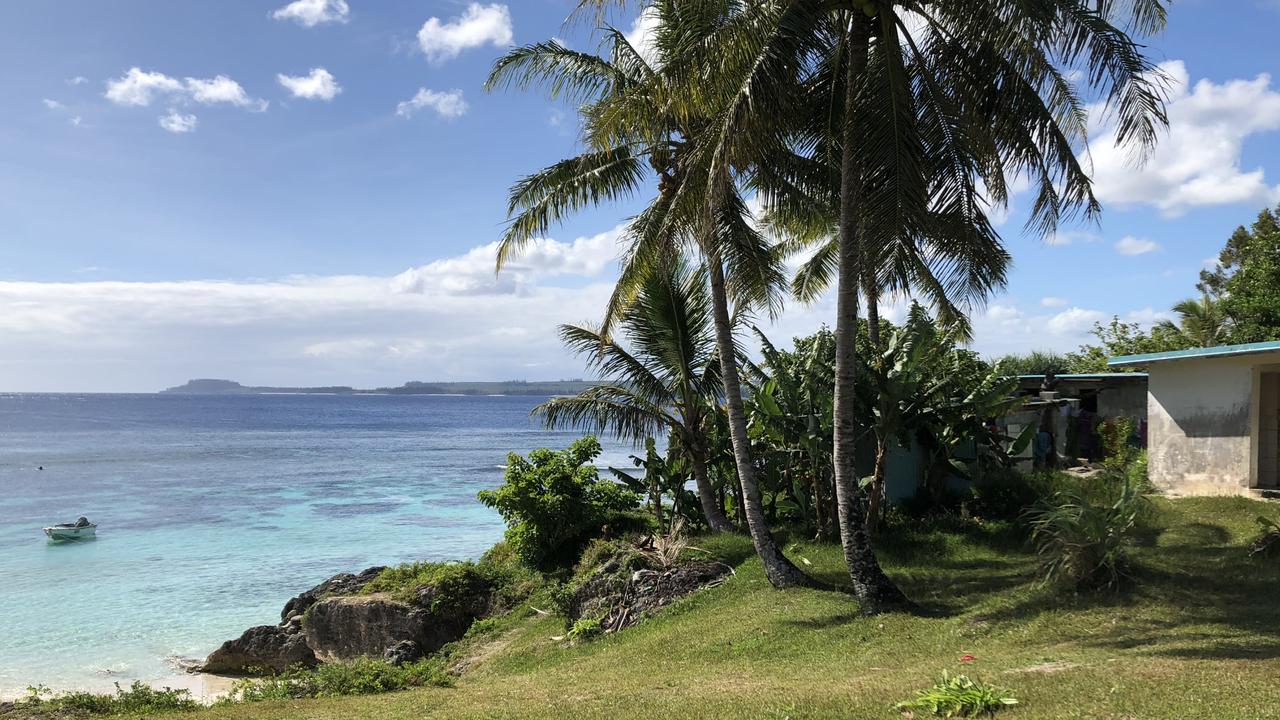Pyramid 'renovation' may cause collapse
EAGER to attract more tourists, a Bolivian town has spruced up the ancient Akapana pyramid with adobe instead of stone.
EAGER to attract more tourists, the town of Tiwanaku in the Bolivian Andes has spruced up the ancient Akapana pyramid with adobe instead of stone, in what some experts are calling a renovation fiasco.
Now, the Akapana pyramid risks losing its designation as a UN World Heritage Site and there is concern the makeover could even cause its collapse.
The pyramid is one of the biggest pre-Columbian constructions in South America and a building of great spiritual significance for the Tiwanaku civilisation, which spread throughout south-western Bolivia and parts of neighboring Peru, Argentina and Chile from around 1500 BC to AD 1200.
Jose Luis Paz, who was appointed in June to assess damage at the site, said the state National Archaeology Union erred in choosing to rebuild the pyramid using adobe, when it was clear to the naked eye that the original was built of stone.
"They decided to go freehand with the (new) design," he said.
"There are no studies showing that the walls really looked like this."
The pyramid stands in the Tiwanaku archaeological site, some 64km north of Bolivia's administrative capital of La Paz.
According to Mr Paz, who now heads excavation at the site, the town of Tiwanaku hired the UNAR to renovate Akapana to make it "more attractive for tourists", regardless of how the pyramid may have originally looked like.
Thousands of tourists visit Tiwanaku every year and pay about $10 to enter the site, but the village of Tiwanaku, which manages the park, thought a better-looking pyramid would attract even more visitors, he said.
Culture Minister Pablo Groux dismissed some of the criticism and said the renovation was long called for.
"The UNAR has restored the original form the pyramid had. If we look at pictures from five years ago, there was just a hill there," he said.
"What we can see now is something close to what the construction originally looked like."
Still, Mr Paz said the controversy was not only about aesthetics.
The archaeologist said lower decks are slightly tilted because of the extra weight of the adobe walls, which could lead to the collapse of the pyramid.
UNESCO is due to visit Tiwanaku shortly and if it decides Akapana has been excessively tampered with, it may drop Tiwanaku from its list of World Heritage Sites.
In 2000, UNESCO decided that Tiwanaku deserved to be in the list because its ruins "bear striking witness to the power of the empire that played a leading role in the development of the Andean pre-Hispanic civilisation".
The Tiwanaku civilisation, which flourished around Lake Titicaca, was one of the precursors of the Inca empire, the largest pre-Columbian civilisation in the Americas.
Mr Groux believes that Tiwanaku will not lose its World Heritage status because the Government halted the reconstruction project earlier this year, as soon as UNESCO told them to.
Looting of Akapana's carved stones and ceramics started soon after the Spanish conquest and the structure was later used as a quarry, from which stones were extracted to build a rail line and a Catholic church nearby.
Its size and the still-standing lower decks suggest that Akapana was once a remarkable building, but as a result of the ransacking and the extreme temperatures and strong winds in the Andean plateau, some 3800m above sea level, the pyramid looks rundown.



